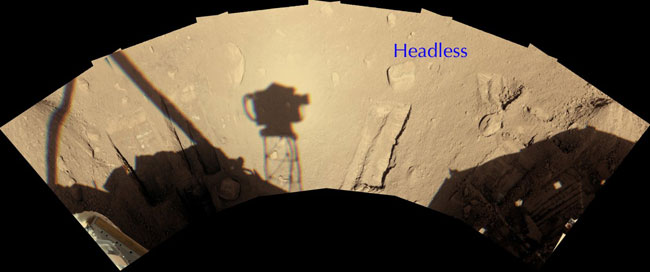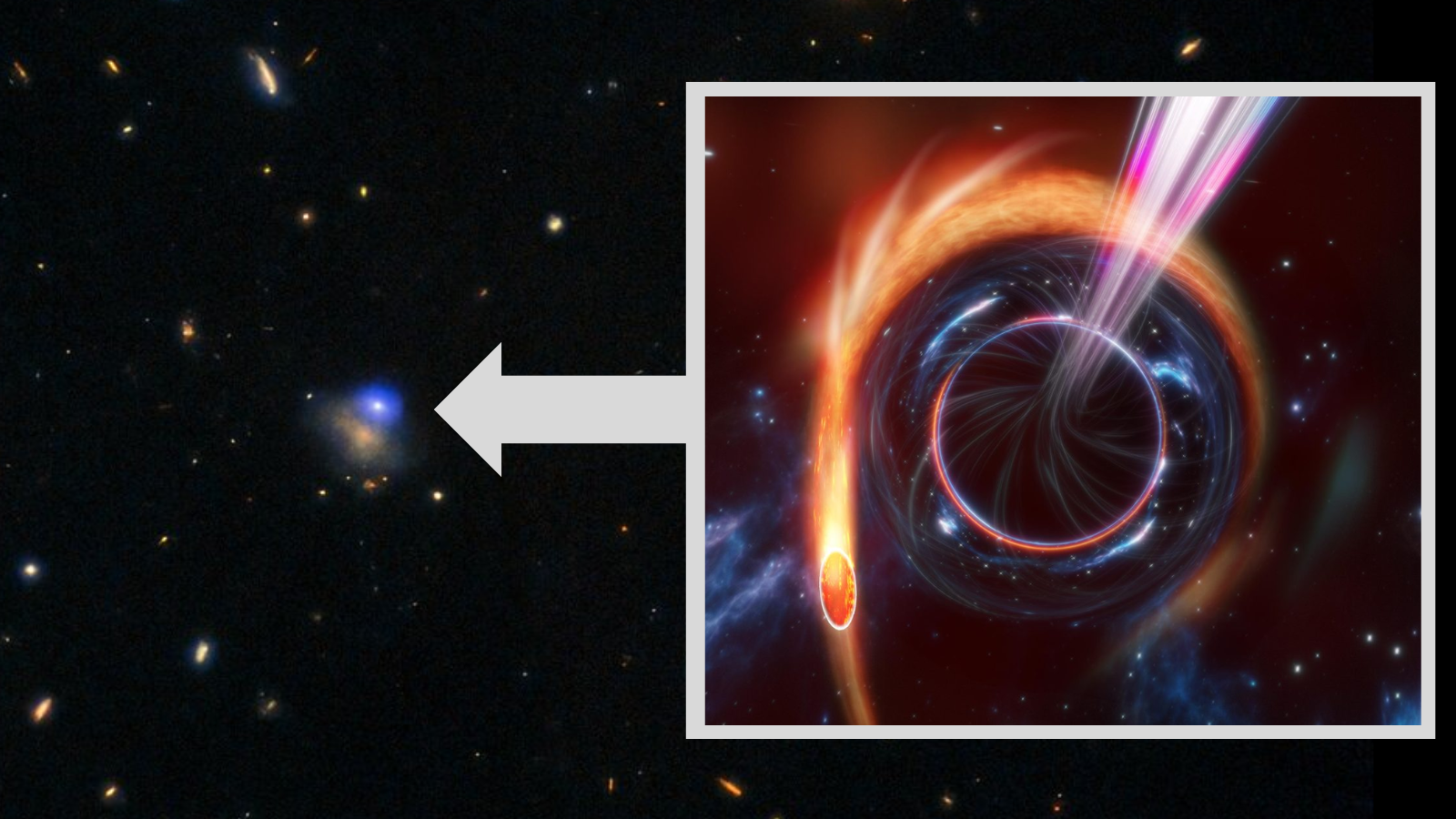Mars Lander Aims to Look Under a Rock

NASA's Phoenix Mars Lander is going to try something new — pushing aside a Martian rock and peeking at what's underneath, mission scientists said Monday.
A series of commands just developed by mission engineers will allow Phoenix's 7.71 foot-long (2.35 meter-long) robotic arm to nudge the rock, located on the north side of the lander. The arm wasn't actually designed to make this kind of move.
"We don't know whether we can do this until we try," said Ashitey Trebi Ollennu, a robotics engineer at NASA's Jet Propulsion Laboratory, in Pasadena, Calif."The idea is to move the rock with minimum disturbance to the surface beneath it. You have to get under it enough to lift it as you push it and it doesn't just slip off the scoop."
The Phoenix mission was extended last week by NASA to run through December. The lander, which has been on the surface of Mars since May 25, has been examining the surface layers in the planet's arctic region to assess the potential past habitability of the area.
If the technique the engineers have developed works, enough area will be exposed for Phoenix to dig into the dirt that now lies beneath the rock. The rock is about the side and shape of a VHS cassette and is informally named Headless.
"The appeal of studying what's underneath is so strong we have to give this a try," said Michael Mellon, a Phoenix science team member at the University of Colorado at Boulder.
Digging into the dirt under the rock could shed light on the processes that affect the hard, icy layer found beneath the Martian surface in trenches that the robotic arm has dug around the lander.
Breaking space news, the latest updates on rocket launches, skywatching events and more!
"The rocks are darker than the material around them, and they hold heat," Mellon said. "In theory, the ice table should deflect downward under each rock. If we checked and saw this deflection, that would be evidence the ice is probably in equilibrium with the water vapor in the atmosphere."
Alternatively, if the icy layer were found closer to the surface under the rock, it could suggest that rocks collect moisture from the atmosphere, with the moisture becoming part of the icy layer.
Commands to move the rock were sent to Phoenix on Sunday evening so that Phoenix could perform the action on Monday. Over the weekend, Phoenix enlarged a trench close to Headless and took a pair of images of Headless with its stereo camera to provide a detailed 3-D map for planning the arms' movements.

Andrea Thompson is an associate editor at Scientific American, where she covers sustainability, energy and the environment. Prior to that, she was a senior writer covering climate science at Climate Central and a reporter and editor at Live Science, where she primarily covered Earth science and the environment. She holds a graduate degree in science health and environmental reporting from New York University, as well as a bachelor of science and and masters of science in atmospheric chemistry from the Georgia Institute of Technology.
